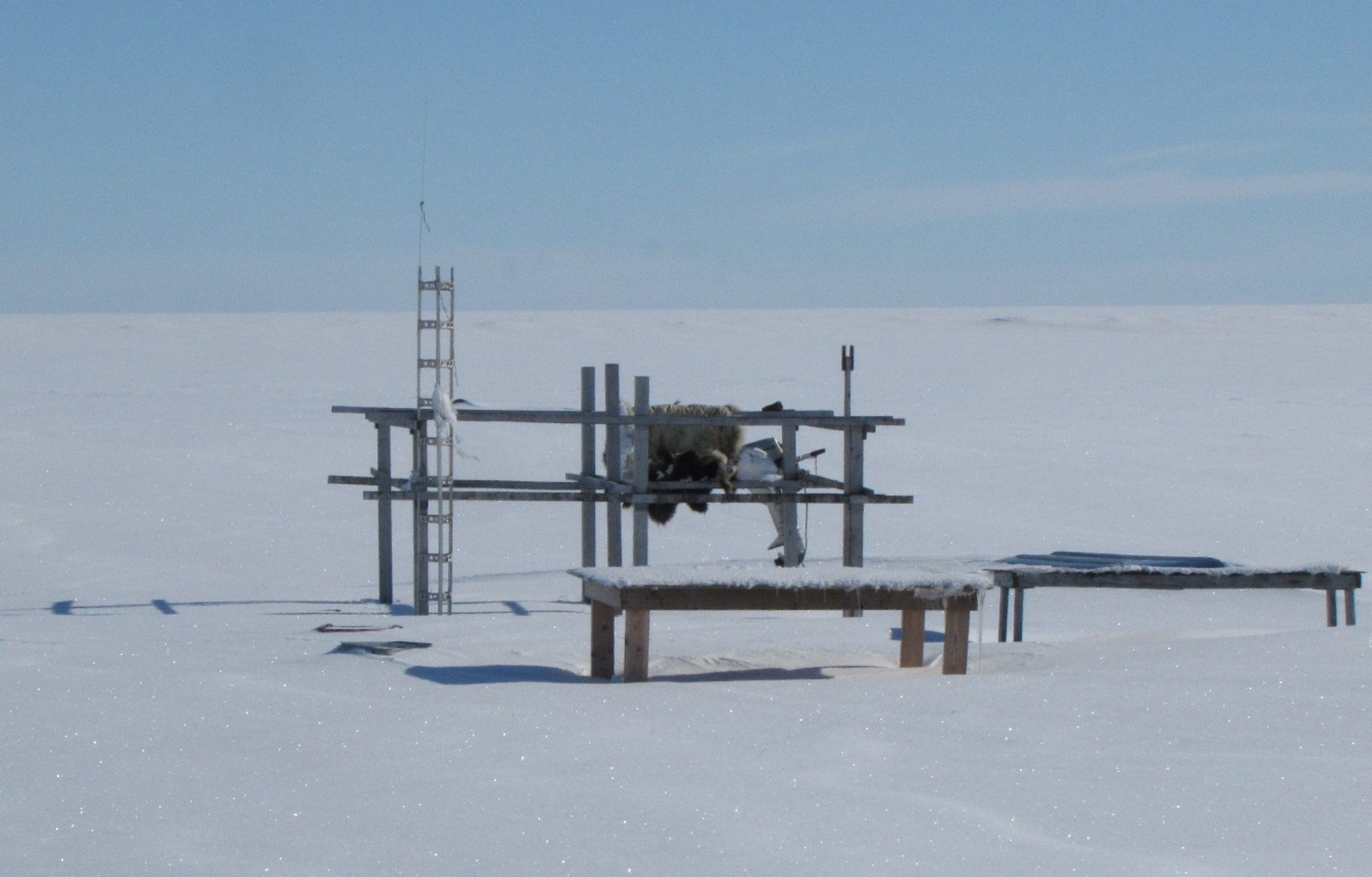BARROW HAS A DUST PROBLEM.
We never had these problems until roads were built and more vehicle traffic.
How does dust affect your health?
The type and size of a dust particle determines how toxic the dust is. However the possible harm the dust may cause to your health is mostly determined by the amount of dust present in the air and how long you have been exposed to it.
Dust particles small enough to be inhaled may cause:
irritation of the eyes
coughing
sneezing
hayfever
asthma attacks.
For people with respiratory conditions like asthma, chronic obstructive airways disease (COAD) or emphysema even small increases in dust concentration can make their symptoms worse.
Currently there is no hard evidence that dust causes asthma, however breathing in high concentrations of dust over many years is thought to reduce lung function in the long term and contribute to disorders like chronic bronchitis and heart and lung disorders.
Industrial emissions may occasionally result in excessive dust in nearby communities. These may be harmful to health if poorly controlled.
Who is at risk?
Anyone who is exposed to high levels of dust may be affected – the longer you breathe in the dust, then the greater the chance that it will affect your health.
Breathing low levels of household or urban dust does not cause health problems in most individuals.
In contrast, people with existing respiratory and heart conditions, including smokers, are at greater risk of developing long-term health problems.
Babies, young children and elderly people are also more likely to develop health problems from long term exposure to high levels of dust.
Anyone who regularly experiences shortness of breath or hayfever type symptoms from breathing dust should discuss these symptoms with their doctor.
The dust becomes a health and safety issue.
Does the State of Alaska help? Not that we know of.

